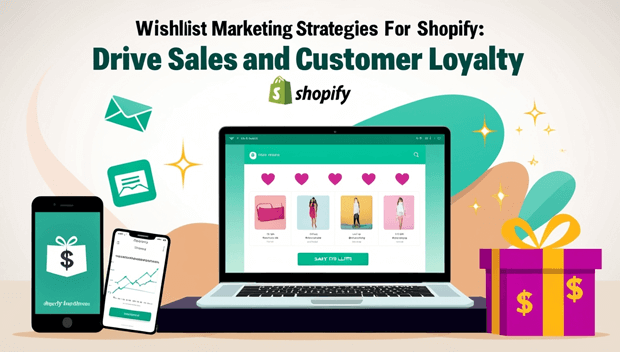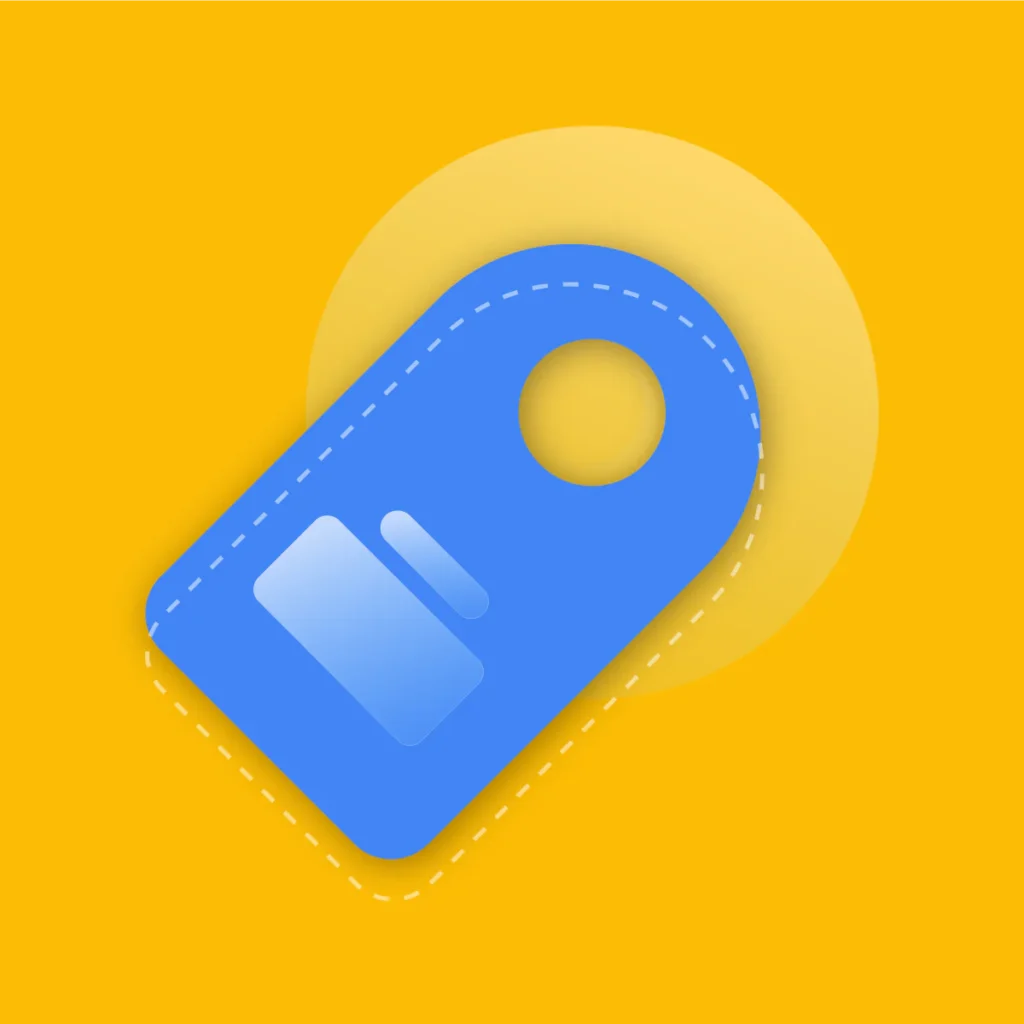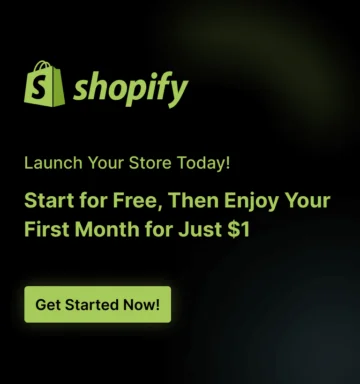Imagine a tool that lets customers save their dream products, signals high-intent buyers to your store, and fuels personalized marketing—all while building loyalty.
For Shopify merchants, wishlists aren’t just a nice-to-have feature; they’re a revenue powerhouse.
Over 60% of online shoppers use wishlists to plan purchases, with 40% converting within a month.
Yet, many stores underutilize this goldmine of customer intent.
In 2025, 87% of top-performing ecommerce brands integrate wishlist data into their marketing strategies, resulting in 2.5x higher average order values.
Whether you’re a DTC brand or a growing Shopify retailer, mastering wishlist marketing can set you apart in a crowded market.
What Is Wishlist Marketing?

Wishlist marketing involves strategically using customer-created product lists to drive engagement, conversions, and retention. On Shopify, this means:
- Encouraging users to save products for later.
- Analyzing wishlist data to understand preferences.
- Retargeting shoppers with personalized offers.
Unlike generic email campaigns, wishlist-driven tactics tap into explicit user intent, making them 3x more effective at converting browsers into buyers.
Why Wishlist Marketing Matters for Shopify Stores
1. Higher Conversion Rates: Shoppers who save products are 70% more likely to return and purchase .
2. Improved Customer Retention: Personalized wishlist reminders reduce churn by 20% .
3. Data-Driven Insights: Track trending products and identify high-value customers.
4. Gift Season Readiness: 55% of consumers build wishlists during holidays, creating prime upsell opportunities.
7 Proven Wishlist Marketing Strategies for Shopify
1. Enable Social Sharing to Amplify Reach
Allow customers to share wishlists on Instagram, Pinterest, or Facebook. This taps into their networks, driving organic traffic.
For example, Etsy saw a 45% increase in referral traffic after introducing public wishlist sharing .
Action Steps:
- Integrate apps like WishList Hero or Privy for seamless sharing.
- Run contests: Reward users who share wishlists with followers.
2. Retarget Abandoned Wishlists with Email Campaigns
Turn forgotten wishlists into sales with automated emails. Tools like Klaviyo or Omnisend let you:
- Send reminders 48 hours after a product is saved.
- Offer discounts (e.g., “Your wishlist item is on sale!”).
Stat: Stores using abandoned wishlist emails recover $12 for every $1 spent on email marketing .
3. Use Wishlist Data for Hyper-Personalized Ads
Plug wishlist data into Google Ads or Meta to serve dynamic ads featuring saved products. For instance, Nike retargets users who saved running shoes with videos of athletes using them—a tactic that boosted CTR by 60% .
Pro Tip: Segment audiences by wishlist size. Target users with 5+ items with urgency-driven offers (“Your wishlist is 90% off today!”).
4. Gamify Wishlist Creation
Make saving products fun with rewards:
- Points for every item saved (redeemable for discounts).
- Leaderboards for frequent wishlisters.
Case Study: A jewelry brand offered 10 loyalty points per saved item, resulting in a 50% spike in wishlist creation .
5. Predict Trends and Stock Smarter
Analyze which products get saved most often to:
- Prioritize inventory for trending items.
- Create bundles (e.g., “Top 3 Most-Wished Items” packs).
Stat: Retailers using wishlist analytics reduce overstock costs by 25%.
6. Optimize Product Pages for Wishlist Conversions
Make it effortless to save items:
- Add a “Save for Later” button above the fold.
- Use urgency cues like “Only 3 left!” near wishlist icons.
Semantic SEO Tip: Include phrases like “product wishlists” and “save items for later” in page copy to align with user intent .
7. Create Gift Guides from Trending Wishlists
During holidays, curate gift collections based on popular wishlist products. Promote them via:
- Social media posts (“Last-Minute Gifts: Based on Local Wishlists”).
- In-store pop-ups (“Your Friends Are Wishing for These!”).
Example: A toy store used this strategy to achieve a 22% conversion rate on gift guides.
Measuring Success: KPIs for Wishlist Marketing
Track these metrics to refine your strategy:
- Wishlist conversion rate: % of saved items purchased.
- Email open/click-through rates: Measure engagement with reminders.
- Customer lifetime value (CLV): Compare CLV of wishlist users vs. non-users.
Use Shopify analytics or tools like Google Analytics 4 to monitor performance.
Everything You Need to Know About Wishlist Marketing
How do I enable wishlists on Shopify?
Install apps like WishList Hero or Bold Product Options to add “Save for Later” buttons.
Can wishlists improve SEO?
Yes! User-generated wishlist content (e.g., shared lists) adds fresh, keyword-rich pages to your site.
What’s the best time to send wishlist reminder emails?
48–72 hours after saving, with a follow-up 7 days later for high-intent items.
How do I encourage wishlist sharing?
Offer incentives like “Earn 50 points for every friend who buys from your wishlist”.
Conclusion: Turn Wishlists Into a Revenue Engine
Wishlist marketing isn’t just about letting customers save products, it’s about creating a feedback loop of intent, personalization, and loyalty.
By implementing these strategies, you’ll not only boost sales but also build a community of engaged shoppers who keep coming back.
Ready to get started? Audit your Shopify wishlist features today, and remember: every saved product is a potential sale waiting to happen.



